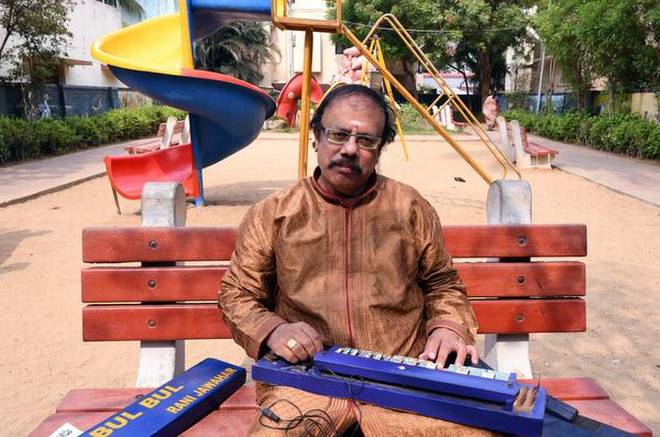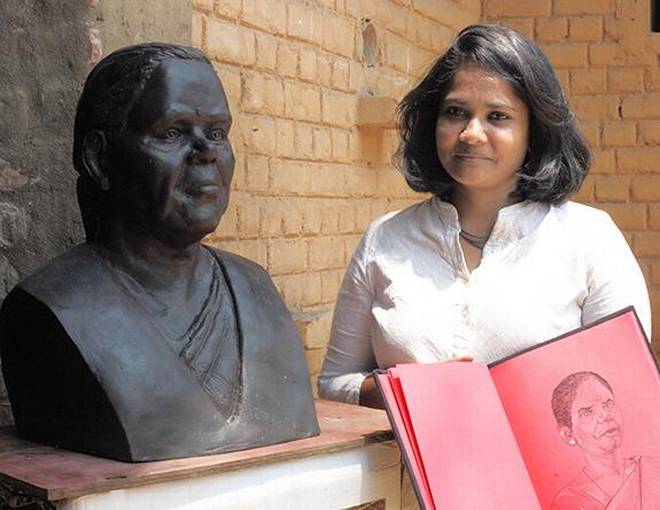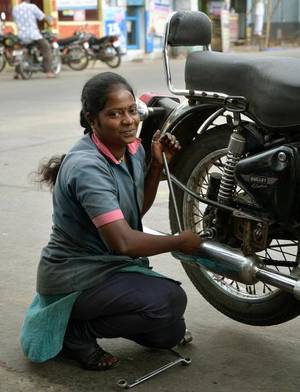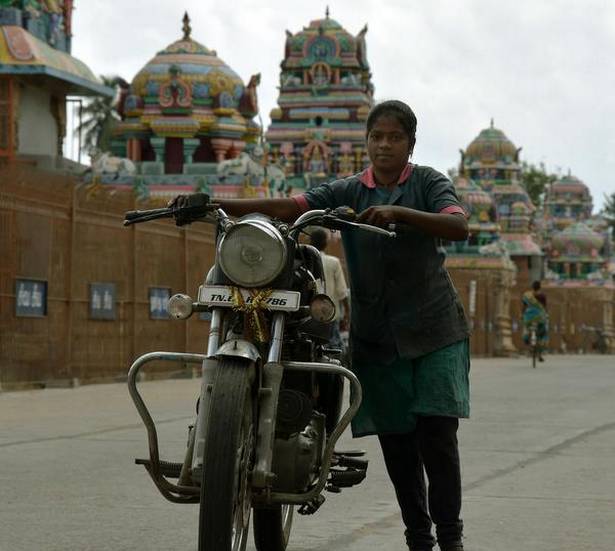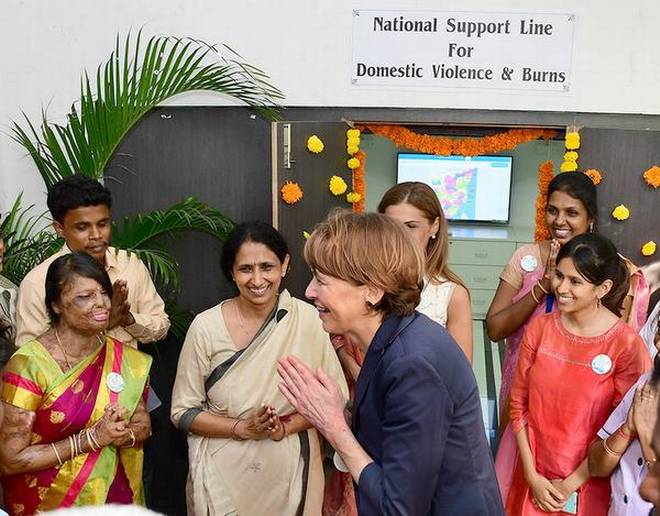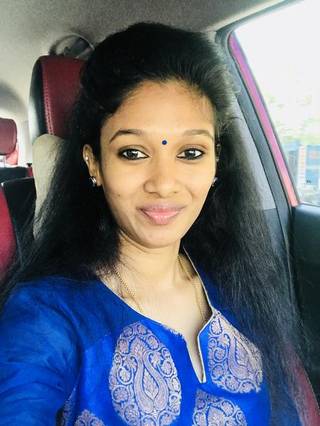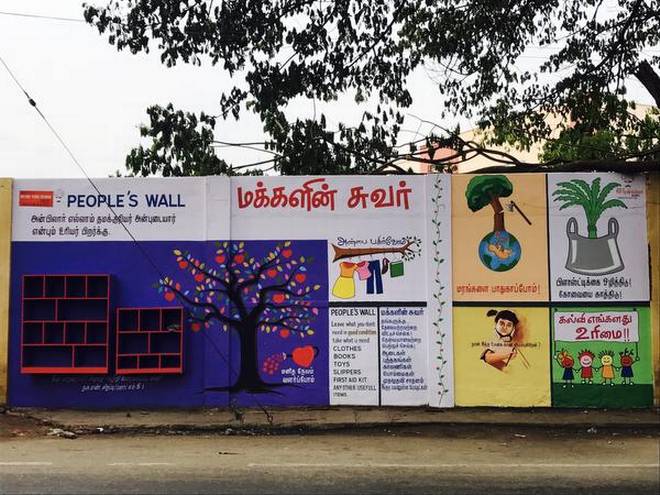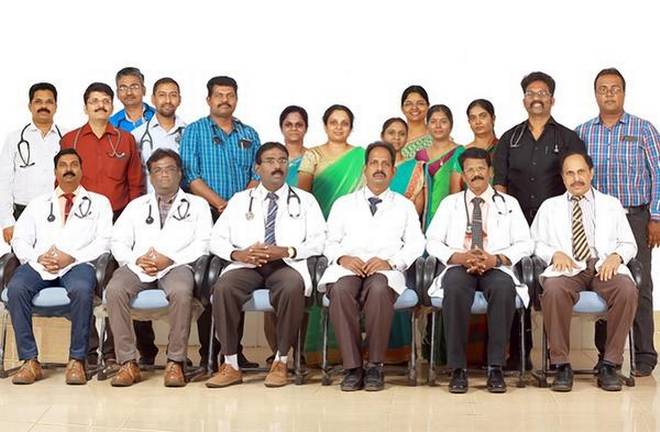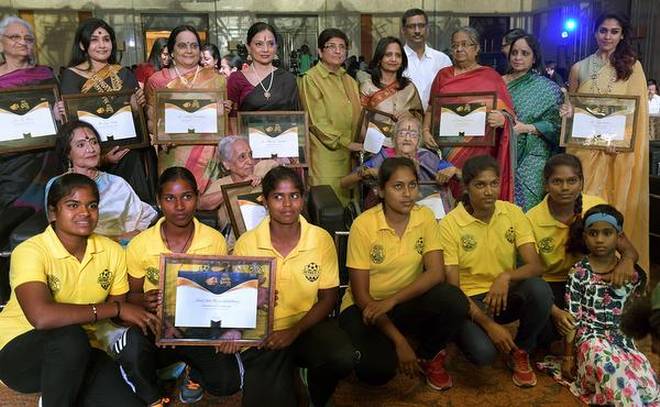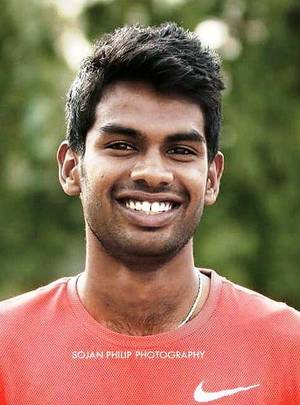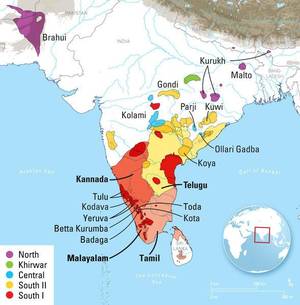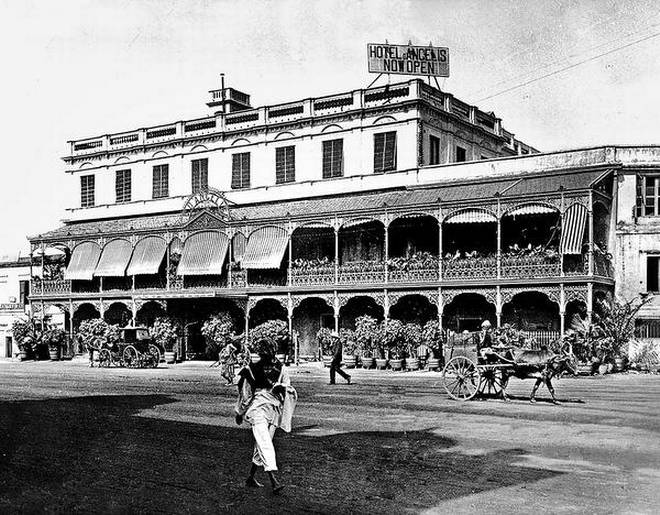
Yet another Madras Court-listed heritage building bites the dust with not a question raised by Authority. The latest victim of the wreckers’ hammers is a building better known in recent times as the Bata Showroom. The desecrators have been clever; they’ve left in place the Mount Road façade, and crushed the rear where remained many a feature of the building’s 100-year-and-more heritage . The façade itself is not the original; it was rebuilt in the Art Deco style sometime in the early 1930s.
To make sense of the paragraph above, let’s go back to 1880 when Giacomo D’Angelis, from Messina in Sicily and who had trained in France, arrived in Madras and set up shop in small, rented premises on this site, called it ‘Maison Francaise’ and announced he was a “manufacturing confectioner, glacie &c., general purveyor and mess contractor”. For this service he’d established a “Kitchen Department”, the “first of its kind” in South India. I think what D’Angelis was claiming was that he had an outdoor catering service for large parties, which the hotels of the time, like the Connemara, mostly residential, did not have. This service, supervised by a “First Class French Chef”, was, before long, catering to Government House and, in time, became the official caterer to Governor Lord Ampthill (1900-1906) for all his parties, balls and banquet.

Once Ampthill set the tone, D’Angelis was sought by everyone who was anyone in Madras. With prosperity, the Italian decided to open “a small hotel on the premises, Mount Road, for our customers from up-country”. The property opened in 1906 and by 1908 had developed into Madras’s leading hotel.
Seen from the Mount Road entrance was a three-storey building with splendid decorative wrought iron railings on the first floor verandah. This is the beautiful façade (see picture) that was replaced by what still stands. Off this verandah were the rooms with Mount Road-facing entrances as well as entrances off a verandah at the rear facing Blacker’s Road. These rooms were identifiable even in recent years, being occupied by a variety of small shops. And it is this historic part of the building that has been pulled down.
Between Blacker’s Road and the rooms was developed a Parisian Garden, one of Madras’s most popular places in its day for wine and roses. Within was a restaurant as famous for its French and Italian cuisine as for its Tea Service, mesdames dropped in to enjoy after shopping expeditions. D’Angelis also had Madras’s first electrical hotel lift, making possible a roof garden, hot water on tap, electric fans, an ice-making plant and cold storage. Its floors were of imported tiles and there was elaborate wrought iron embellishment everywhere. A three-table billiard room and a pub-like bar made it an inviting haunt of an evening for gentry who had no club to go to. With all these facilities, it was renowned as Madras’s No. 1 hostelry till 1937 when the completely rebuilt and refurbished Connemara re-opened after three years of rebuilding. But by then, D’Angelis had changed hands; an Italian confectioner in town, Bosotto, had taken it over and was probably responsible for the new façade. The continuing classiness of the hotel was attested to by Douglas Jardine’s English cricket team staying there in 1934, and Sassoon’s of Bombay, a five-star emporium, having a shop in it.
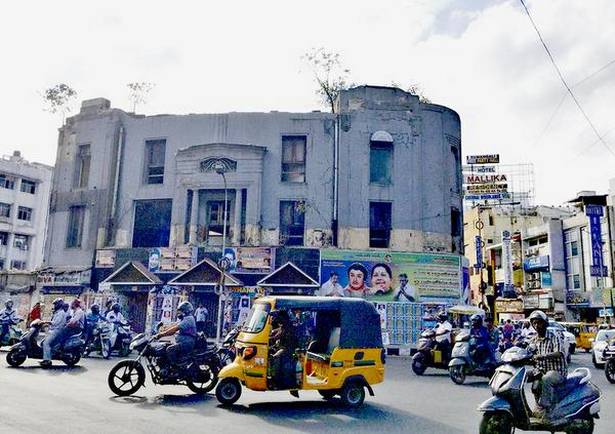
Before the Bosotto transaction went through, Giacomo D’Angelis had left for France and the business was run by ‘Giacomo D’Angelis and Son’, the son being Carlo. A duck-and-teal shoot in a jheel 20 miles from Madras went wrong in 1920 and Carlo drowned. Giacomo’s youngest son, Louis, who was in New York, returned to Madras and from that time tried to sell the hotel, complaining the while that the attempt was going very slow. Eventually it was 1928 or 1930 before Bosotto bought it and the D’Angelis connection with Madras came to an end.
In later years, Bosotto’s was succeeded by Airlines Hotel, a restaurant and the Bata Showroom backed by cubby-hole shops which enabled the hotel rooms, their numbers, verandah-cum-corridors and toilets to remain recognisable. As usual, in the case of Madras’s heritage buildings, a fire, in 1986, threatened it but it survived – its fate uncertain. Your columnist had approached the Taj Group and a couple of other hotel groups to take the building over and develop it as a boutique heritage hotel. But I could never understand their lack of interest.
D’Angelis, legendary in many ways, also ran from the 1880s till 1925, Sylk’s Hotel in Ooty (owned by Sylks but which had started as Dawson’s Hotel in 1842-43). When D’Angelis gave up its management, it was re-named in 1943, but still later owners as the Savoy and continues to this day as such, owned by Spencer’s but run by the Taj Group.
____________________________________
Yusuf Khan continues to attract attention. Theodore Baskaran, a person well-versed in Tamil history, writes: “When Yusuf Khan (Miscellany, March 5) controlled Madurai, the people, impressed with his benevolent rule, called him the icon of Madurai — mathurai nayagam. In colloquial usage, particularly in the South, kuthirai morphs into kuruthai and mathurai becomes maruthai. It was an affectionate name given by the people.
“Secondly, in Tirunelveli’s Evangelical Christians: Two Centuries of Vamsavazhi Tradition edited by Packiamuthu and Sarojini Packiamuthu, (2003), there are chapters on 18 families. One on Chandran Devanesen, by Vasantha Appasamy, traces CD’s ancestry to one Shanmuganathan, who was working as an odhuvar(who sang hymns in temples). She makes no reference to the Yusuf Khan connection. Dr. Devanesen and I interacted often, particularly in Shillong, and we have talked about Palayamkottai. But he never mentioned the Khan factor.”
The chronicler of Madras that is Chennai tells stories of people, places, and events from the years gone by, and sometimes from today.
source:http://www.thehindu.com / The Hindu / Home> Society> Madras Miscellany > History & Cultural / by S. Muthiah / March 26th, 2018
